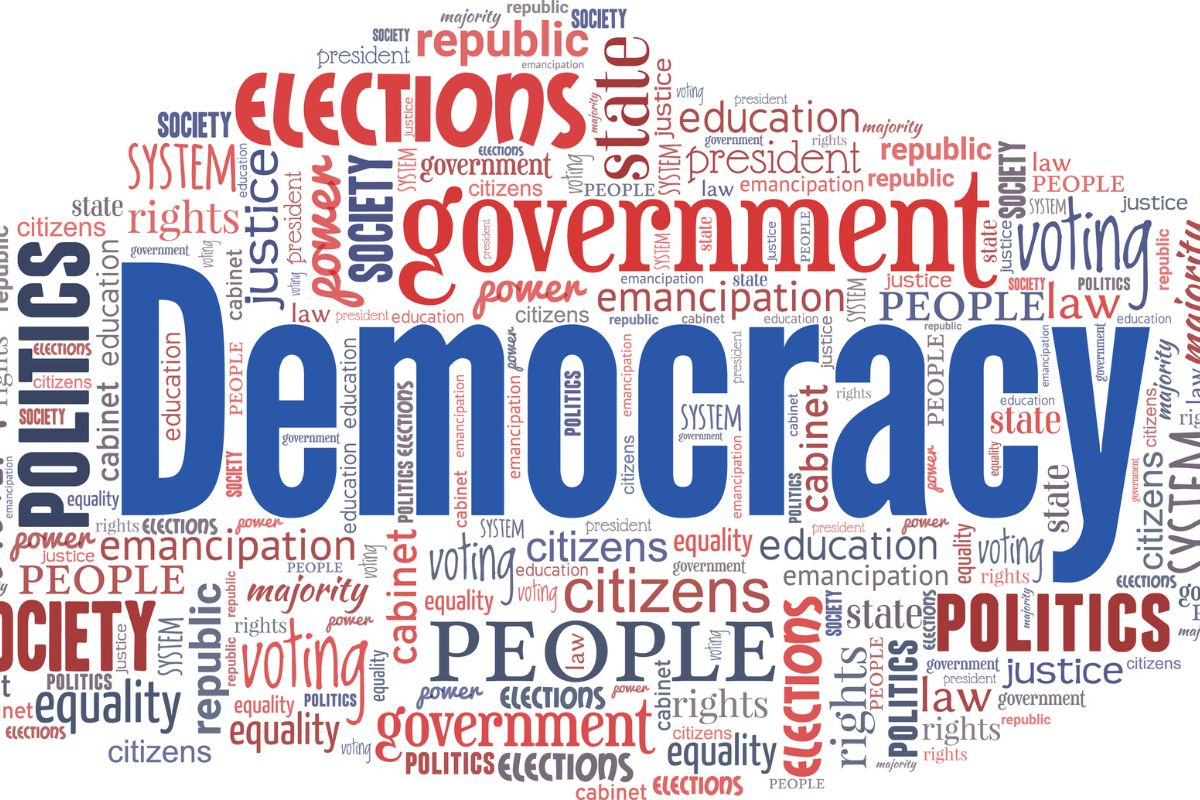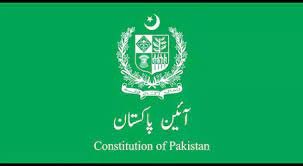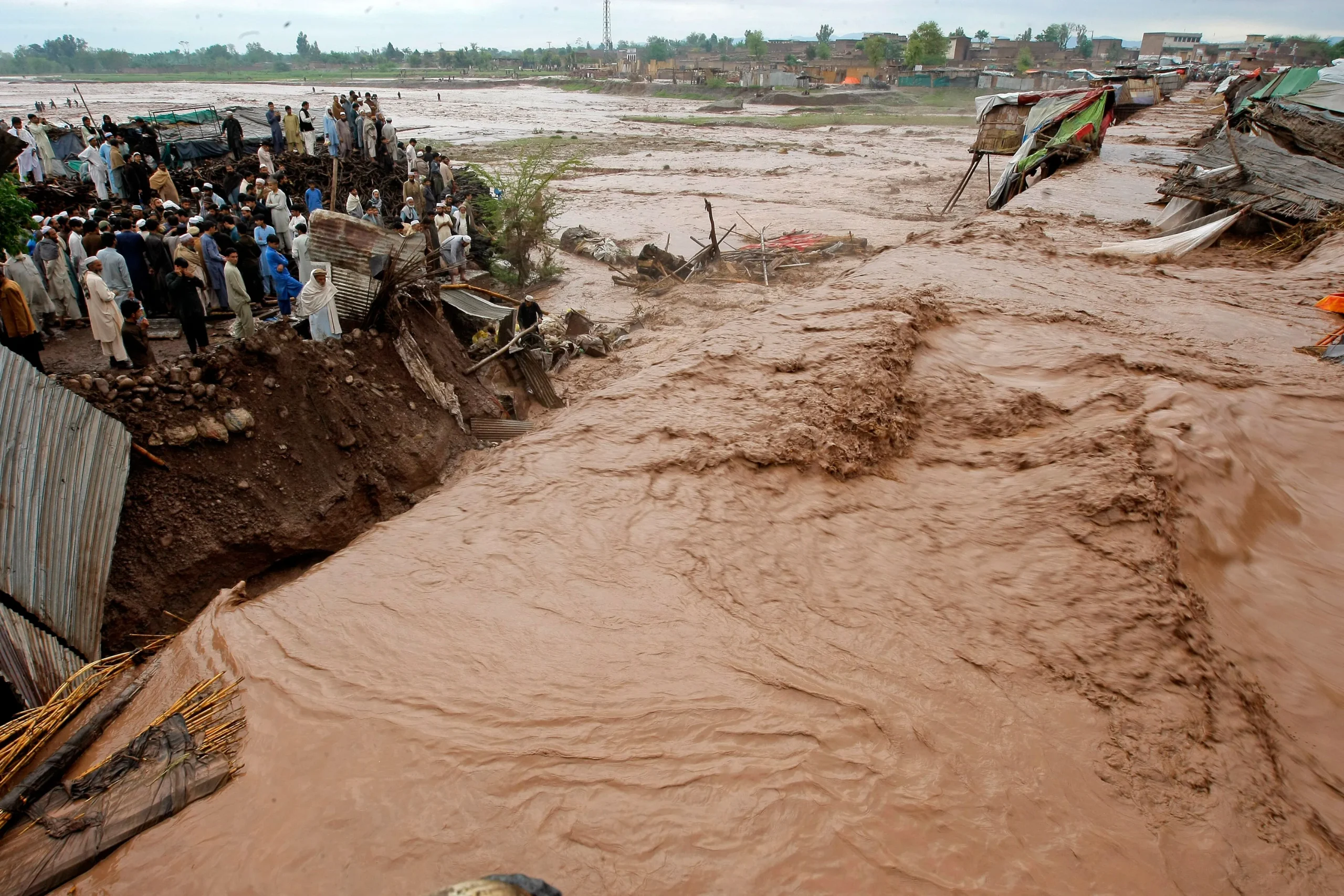The recently released Monthly Economic Update and Outlook for May 2024, available on the Finance Division website, paints a highly optimistic picture of Pakistan’s economic stability. The report highlights positive indicators such as GDP growth and declining inflation, attributing these improvements to the implementation of the International Monetary Fund’s (IMF) prescribed measures.
It is crucial to note that the report lacks a comprehensive analysis of the GDP growth rate, a key indicator of economic performance. This data has been publicly available on the Pakistan Bureau of Statistics (PBS) website since May 21, and it reveals an upward revision in growth for the first two quarters. This discrepancy raises questions about the report’s assessment, particularly its lack of consideration for seasonality.
Furthermore, the report’s emphasis on agriculture as a key driver of growth raises concerns about the distribution of government resources, particularly in light of the disproportionate support received by wealthy farmers compared to those at subsistence levels.
The report mentions positive growth in the large-scale manufacturing (LSM) sector, but the lack of clarity regarding the definition of ‘moderately positive’ growth is a cause for concern. Independent economists have raised valid points, arguing that rising unemployment and high poverty levels contradict the reported LSM growth. This suggests that the growth may be influenced by factors other than actual production, a concern that the report fails to address.
While the report highlights a decline in the Consumer Price Index (CPI), independent economists challenge the validity of this claim, citing factors such as the calculation method and government subsidies. Additionally, the report overlooks the government’s role in contributing to inflation through heavy domestic borrowing and increased current expenditures.
The report points to improvements in remittances, current account deficit, and foreign exchange reserves in the external sector. However, it fails to address the reliance on borrowed funds to achieve this stability and its potential long-term consequences.
As the budget is set to be presented to parliament, it is crucial for economic policymakers to consider reducing current expenditure, especially funded through borrowing, and focus on essential reforms such as ending tariff subsidies in the power sector and broadening the tax net. These reforms are not just necessary, but they will also have a significant impact on our economic stability and growth.
While the report presents a positive outlook, significant gaps and inconsistencies urgently warrant a more critical and comprehensive analysis of Pakistan’s economic situation and future prospects. This is a crucial step in ensuring the accuracy and effectiveness of our economic policies.

















